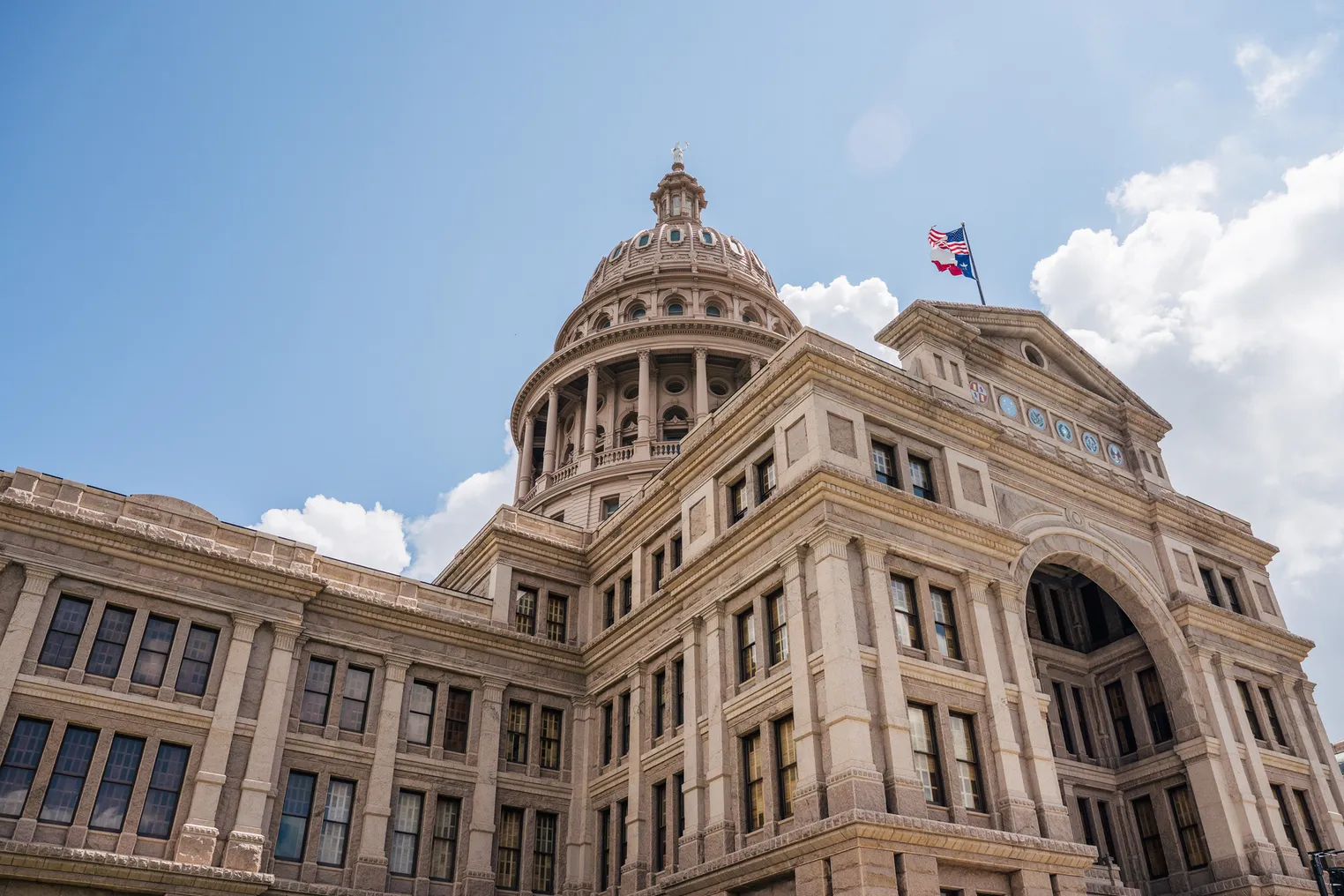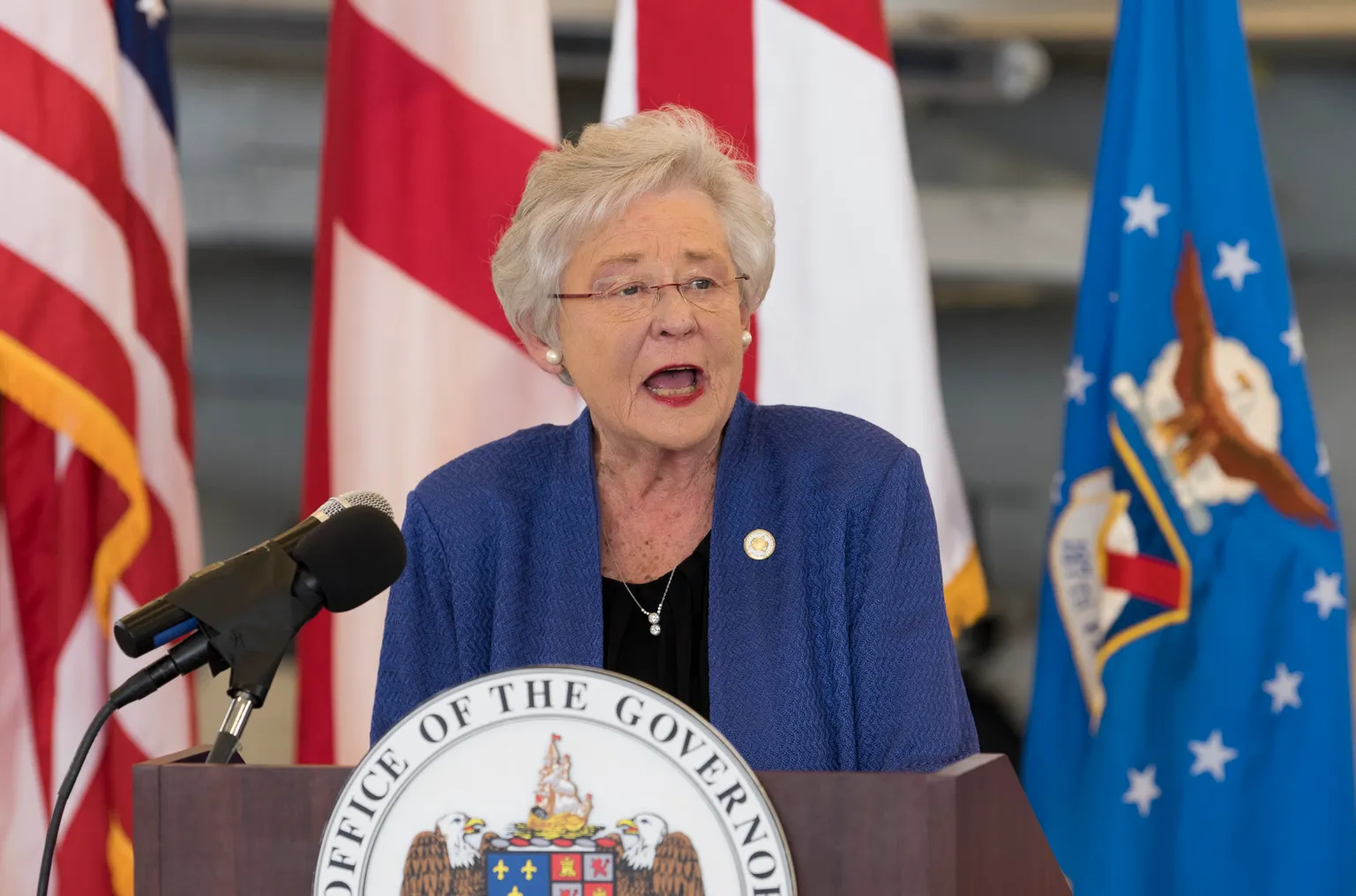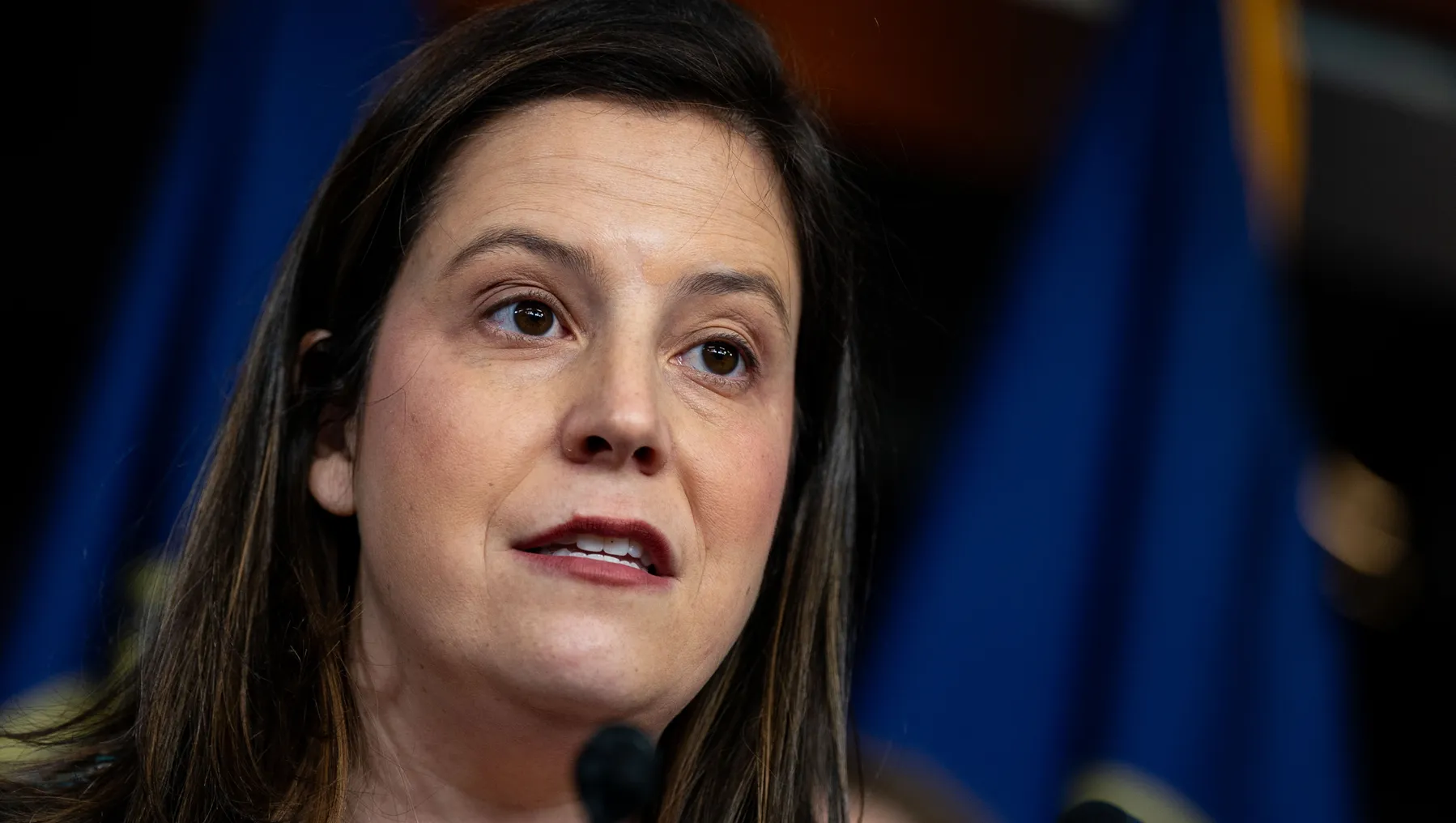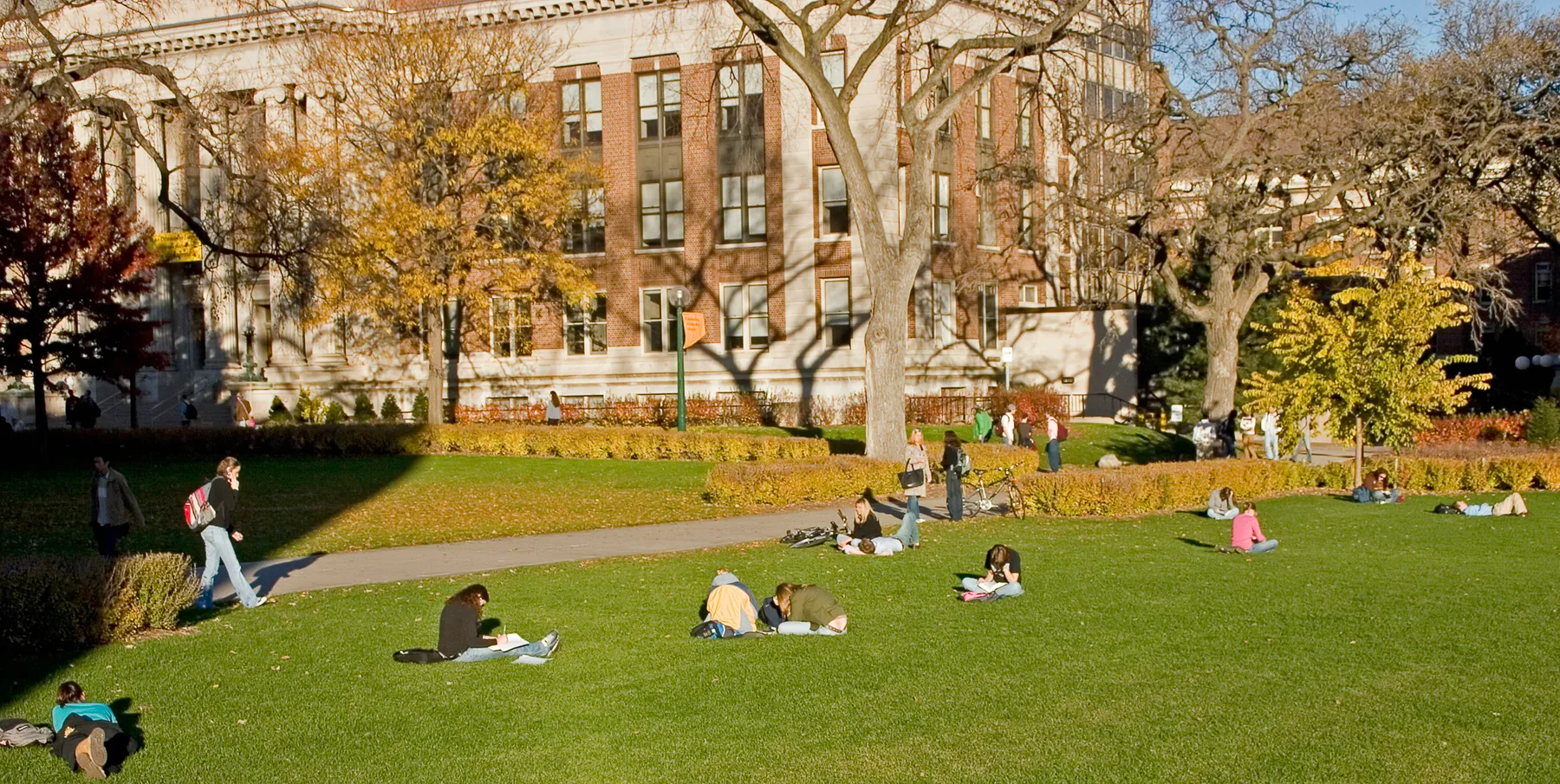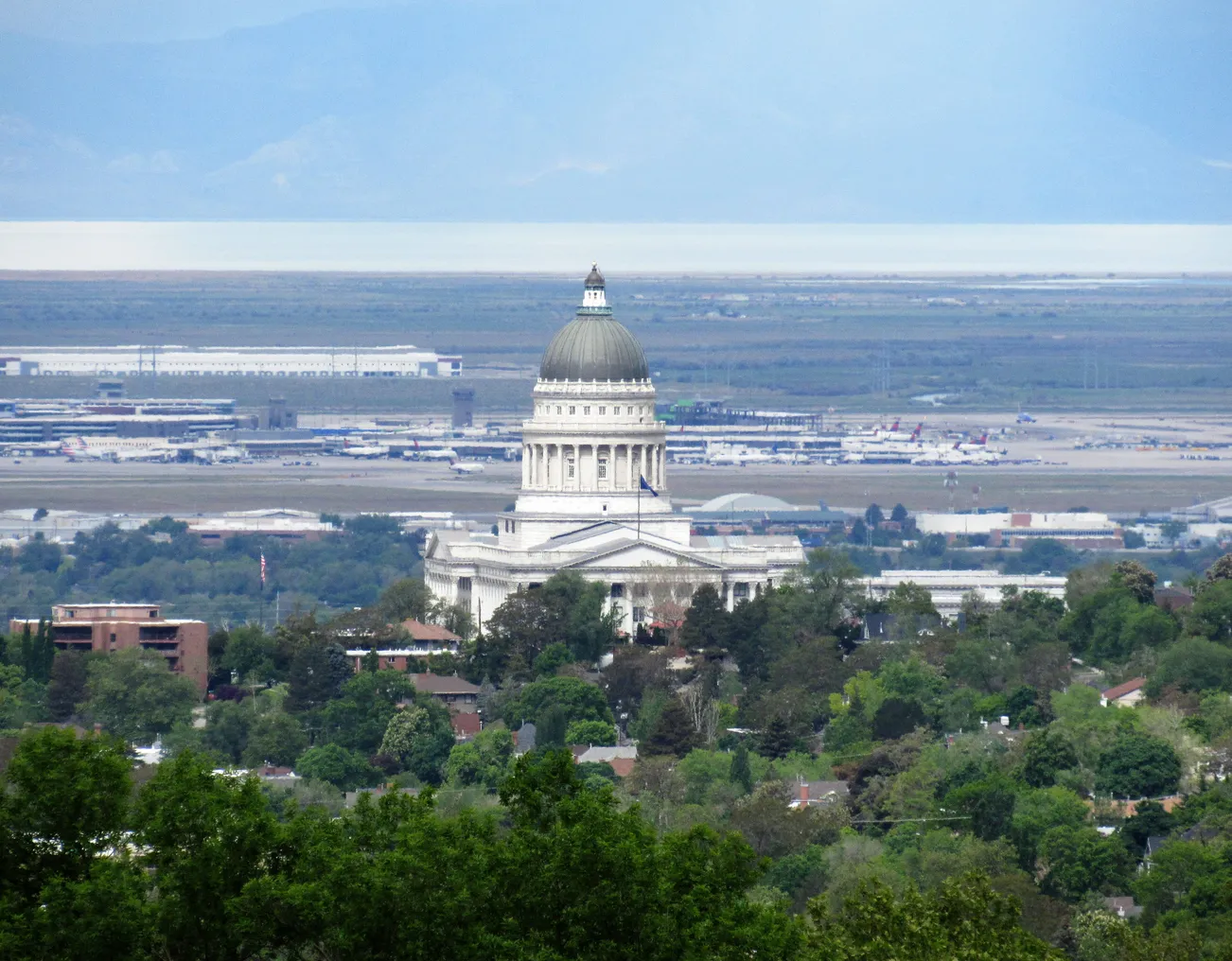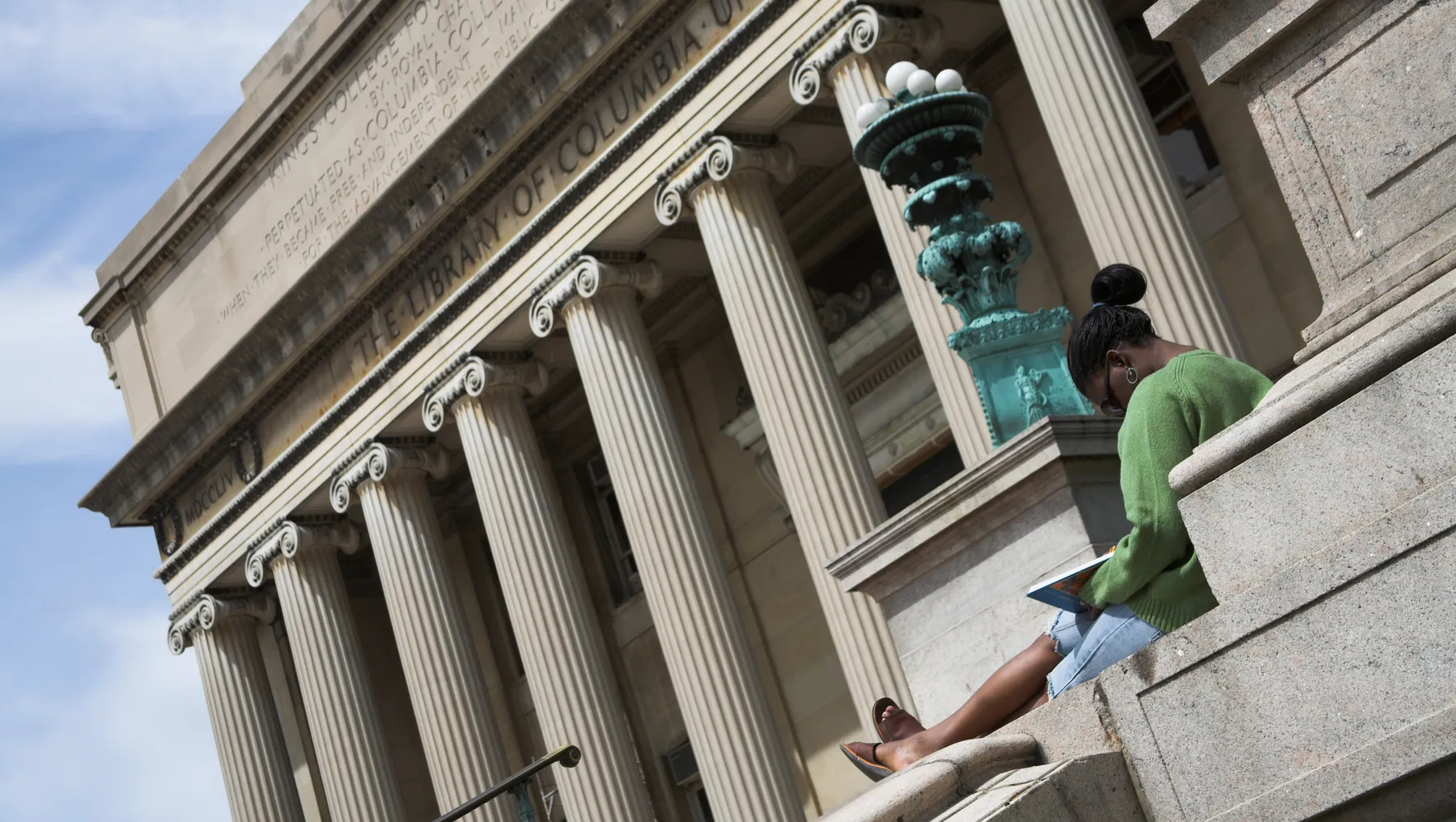By: Lilah Burke
• Published Nov. 27, 2023
When choosing how to fill their incoming classes, highly selective colleges have several tools at their disposal. But many of those admissions practices are facing accusations that they perpetuate unequal access to higher education.
Advocates for low-income students have called for an end to early decision admissions policies, along with practices that favor the children of alumni and donors. Early decision requires students to attend an institution if they are accepted, meaning they must pledge to enroll before seeing their financial aid packages.
“It’s really a form of affirmative action for well-off students,” said Marcella Bombardieri, a senior fellow at the Center for American Progress, a left-leaning think tank. “You have to be comfortable that you’re going to be able to afford that college.”
Still, few institutions are ending their early decision programs, which enable them to lock down their incoming class and ensure they don’t lose students to other colleges.
Why early decision is under fire
An analysis of 2021 college applications sent via the Common App found that students from the wealthiest ZIP codes were twice as likely to apply through early decision than all other applicants, according to a 2022 report from Education Reform Now, a progressive think tank. The Common App allows students to submit applications to more than 1,000 member colleges.
And that choice often has an effect on the likelihood of acceptance. At Brown, for example, only 4% of students who applied by the regular deadline were accepted in 2020, compared to 18% of those who applied through early decision.
Some colleges fill much of their incoming classes with early decision students. And several have vastly increased that share over the past few years.
At Bates College, in Maine, officials admitted 60% of the first-year class through early decision in 2015. In 2020, that share rose to 81%.
Early decision applicants comprised at least half of that year's first-year class at other selective colleges, including Columbia University, Dartmouth College, Middlebury College and Wesleyan University, Education Reform Now found. All of those institutions increased their share from 2015 to 2020.
Early decision policies, however, affect just a small share of prospective college students in the U.S.
Across all of higher ed, only about 12% of four-year institutions reported receiving early decision applications in 2020, according to Education Reform Now. Because the policies are most often found at highly selective institutions, and rarely at public universities, the share of students who are affected is also relatively small.
But education observers say that the choices of highly selective institutions matter because they have outsized influence on the upper echelons of American society.
“They are training grounds for the elite,” Bombardieri said.
Why colleges still use early decision
The criticisms haven’t stopped many colleges and universities from using and relying on early decision admissions policies. For administrations, the policies are convenient and offer their institutions a competitive edge.
First, they increase yield — the number of accepted students who end up enrolling. That makes it easier for enrollment management teams to judge how many students they can expect to matriculate.
“College applications used to send a very clear signal about where you were willing to go,” said Evan Mandery, a professor at John Jay College of Criminal Justice and the author of “Poison Ivy: How Elite Colleges Divide Us.”
Because applying to colleges was more laborious before digital tools and the Common App, prospective students sent fewer applications, prioritizing institutions they were excited to attend, he said.
“Colleges are much more eager than they used to be to determine whether people will matriculate, and early decision is their simple way to do that,” he said.
Second, early decision policies give colleges opportunities to pull in highly qualified students who are likely to also be accepted at other places. Once they are admitted through early decision, colleges don’t need to worry about losing them to other institutions.
Some students and families also prefer the option to apply early and get the college admissions process over and done with.
In 2006, Harvard University, Princeton University and the University of Virginia all announced they were ending their early decision programs over equity concerns, only to bring them back years later.
In 2011, then-Princeton President Shirley Tilghman said the university had hoped other colleges would follow suit, but they largely hadn’t. That led to the Ivy League university missing out on potential applicants, Tilghman said.
“Institutions that are highly selective will do it to remain competitive,” said Jill Orcutt, global lead at AACRAO Consulting, part of the American Association of Collegiate Registrars and Admissions Officers. “But it does not favor students who have fewer resources or access to information.”
A changing landscape
Higher education experts said they expected to see fewer institutions using early decision policies after the U.S. Supreme Court ruled against race-conscious admissions policies in 2023. Because institutions can no longer accept students with race in mind, experts anticipated that highly selective colleges would make changes to recruit diverse classes.
However, that decline in early decision has largely not come to pass — at least not yet. Nearly all institutions so far are maintaining their early decision policies, although some have said they are taking time to reconsider it.
Virginia Polytechnic Institute and State University, better known as Virginia Tech, is an exception.
In July 2023, the university announced that it would end its early decision policy and move up its deadline for early action, which is a nonbinding way for applicants to learn earlier in the admissions cycle whether they have been admitted. Virginia Tech also said it would end legacy admissions, which gives a leg up to applicants related to alumni.
Ending early decision had little to do with the recent Supreme Court ruling, said Juan Espinoza, associate vice provost of enrollment management and director of undergraduate admissions at Virginia Tech.
Out of around 47,000 annual applications, only about 3,500 were for early decision, Espinoza said. However, that smaller pool was used to fill about 20% of seats in the incoming class. And the socioeconomic standing of those students was generally much higher than for other applicants, indicating the program was out of reach for most.
“Here is an option that is really only catering to a very small group of our overall applicants,” Espinoza said. “How can we make this more accessible, how can we make it feel more inclusive for all of our students, and how can we streamline this for all of our students from an efficiency standpoint?”
Having to review early decision applicants — in addition to early action and regular decision — took significant time and resources, Espinoza said.
He doesn’t anticipate the choice to affect enrollment. Although it is early in the cycle, applications to Virginia Tech were ahead in volume over last year as of early November.
“Each year we will continue to make these reviews, continue to hear feedback from our students and try our best to make it the best, most equitable process, and fair and transparent process, for our applicants,” Espinoza said.
Article top image credit: ssuni via Getty Images
